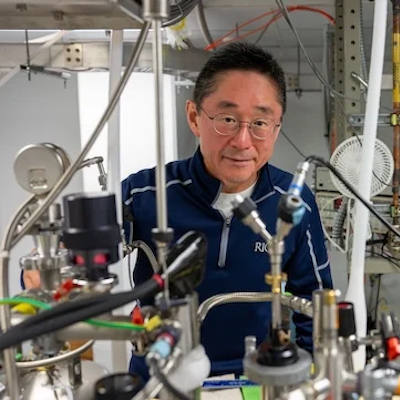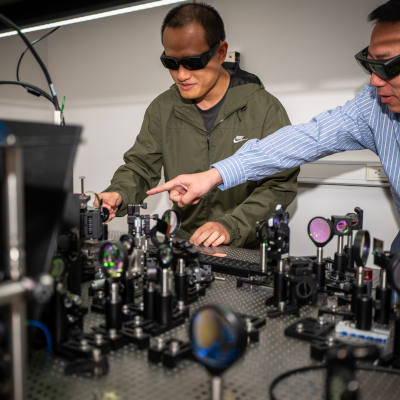New high-speed technology 3D-prints complex objects and biological cells using holographic ultrasound
Feb. 14, 2023.
1 min. read.
6 Interactions
A radical new high-speed 3D printing process can print objects, solid particles, gel beads and even biological cells. The new process uses multiple acoustic holograms to generate pressure fields.
The research paves the way for creating novel 3D cell culture and for other biomedical tissue engineering, according to researchers at the Max Planck Institute for Medical Research and Heidelberg University.
With conventional additive manufacturing, objects are slowly constructed one line or layer at a time and mechanical or chemical stress is applied to biological structures.
Potential 3D printing breakthrough in biomedical engineering and rapid prototyping
The scientists have demonstrated how to form a 3D object in a single step, using shaped ultrasound (high-frequency sound waves commonly used for medical imaging tests). The process uses multiple acoustic holographic fields that drive a contactless assembly of solid micro-particles, hydrogel beads, and biological cells inside standard labware.
The process is promising for rapid prototyping, most notably biofabrication, since conventional methods are typically slow and apply mechanical or chemical stress on biological cells.
The researchers suggest that their technology is a promising method of forming cell cultures and tissues in 3D, because ultrasound is gentle and can travel deep into biological tissue. The structures can also be fixed (held in place) via gelation of the surrounding medium, assembling different classes of matter — solid particles, biological cells, and hydrogel beads — into 3D shapes in one shot.
In contrast to previous work, this approach handles matter with positive acoustic contrast and does not require opposing waves, supporting surfaces or scaffolds.
Science Advances paper (open access): Compact holographic sound fields enable rapid one-step assembly of matter in 3D
Let us know your thoughts! Sign up for a Mindplex account now, join our Telegram, or follow us on Twitter.


.png)

.png)


.png)








0 Comments
0 thoughts on “New high-speed technology 3D-prints complex objects and biological cells using holographic ultrasound”